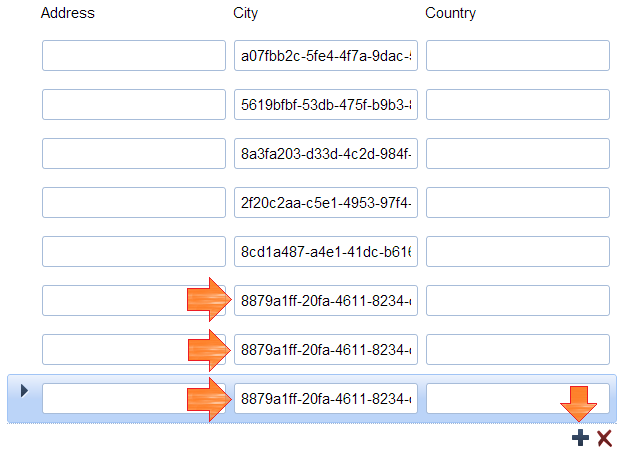
In the following codes, we tell Stata to do the same thing (the computation: c9/5+32) for each of the variable in the varlist mtemp1 to mtemp12. Mat.distances <- ReplaceLowerOrUpperTriangle( outer(list.geopoints, list.geopoints, GeoDistanceInMetres), "lower") # Set the row and column names rownames(mat.distances) <- df.geopoints$name colnames(mat.distances) <- df.geopoints$name return(mat. Alternatively, we can use the -foreach- command to achieve the same goal.


List.geopoints <- by(df.geopoints, 1:n.geopoints, function(x)) # Get a matrix of distances (in metres) N.geopoints <- nrow(df.geopoints) # The index column is used to ensure we only do calculations for the upper triangle of pointsĭf.geopoints$index <- 1:n.geopoints # Create a list of lists To find the mean geodesic distance for each node in the network we will. We may for example sample a classroom, neighborhood. 11 The boundaries of the network are thus a priori defined and the contexts in which nodes are present are the sampled units. g1 g2$index, 0, gdist(lat.1=g1$lat, lon.1=g1$lon, lat.2=g2$lat, lon.2=g2$lon, units= "m"))) Each row represents one edge or tie, with the possibility of adding in more. A complete, full, or sociocentric network is a network within a sampled context or foci of which we know all nodes and all connections between nodes. # Each g1] or g2] must be a list with named elements "index", "lat" and "lon". # The 2nd value in the returned vector is the distance between g1] and g2]. # The 1st value in the returned vector is the distance between g1] and g2]. ReplaceLowerOrUpperTriangle g2$index, returns zero.)


 0 kommentar(er)
0 kommentar(er)
